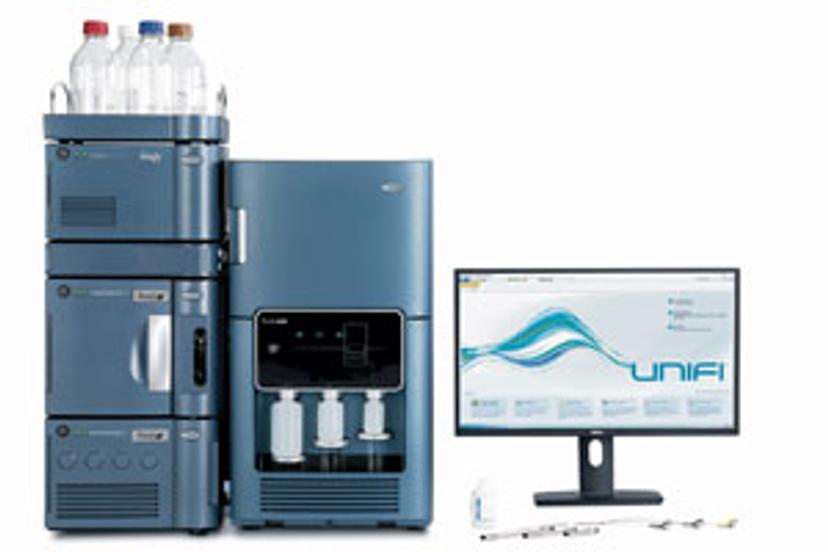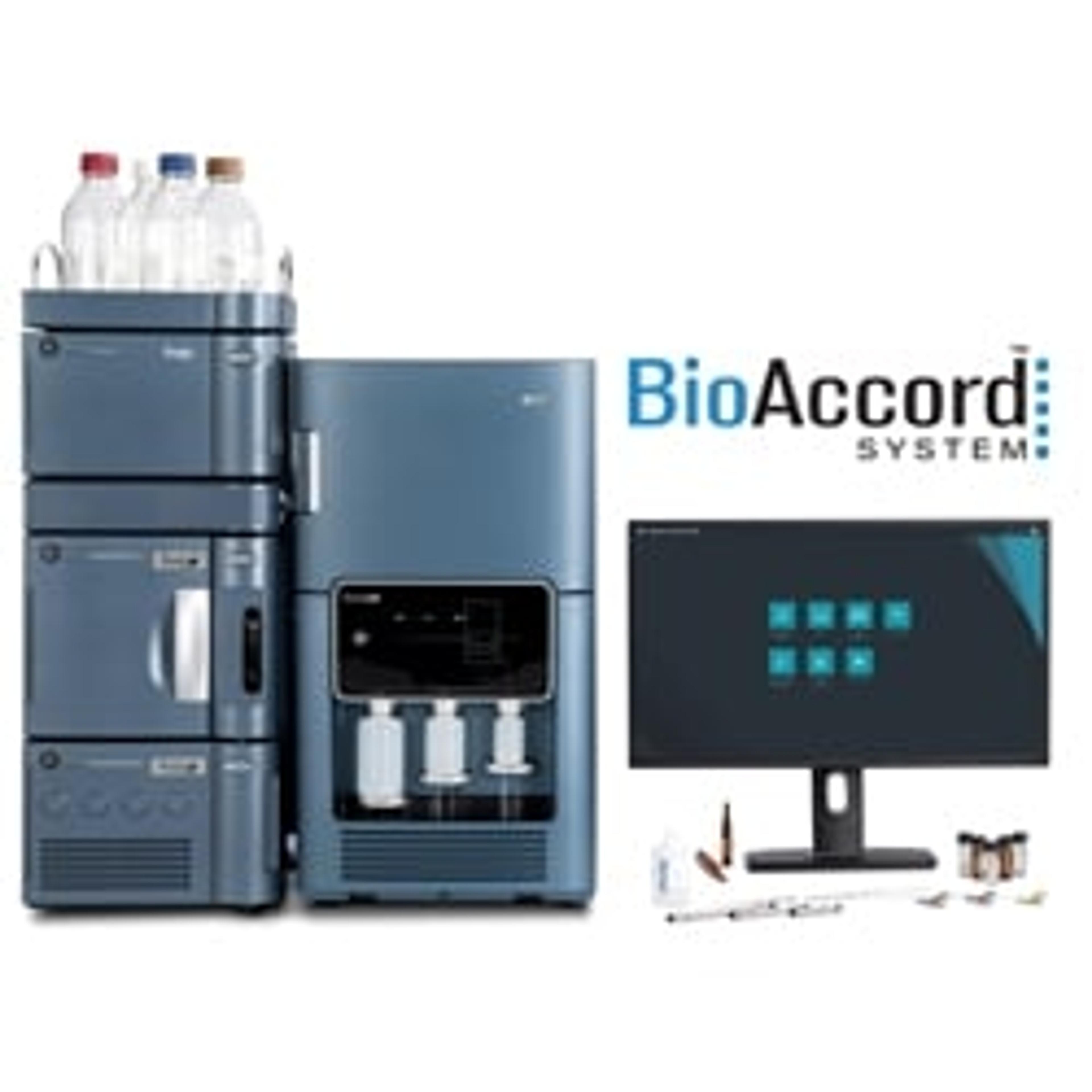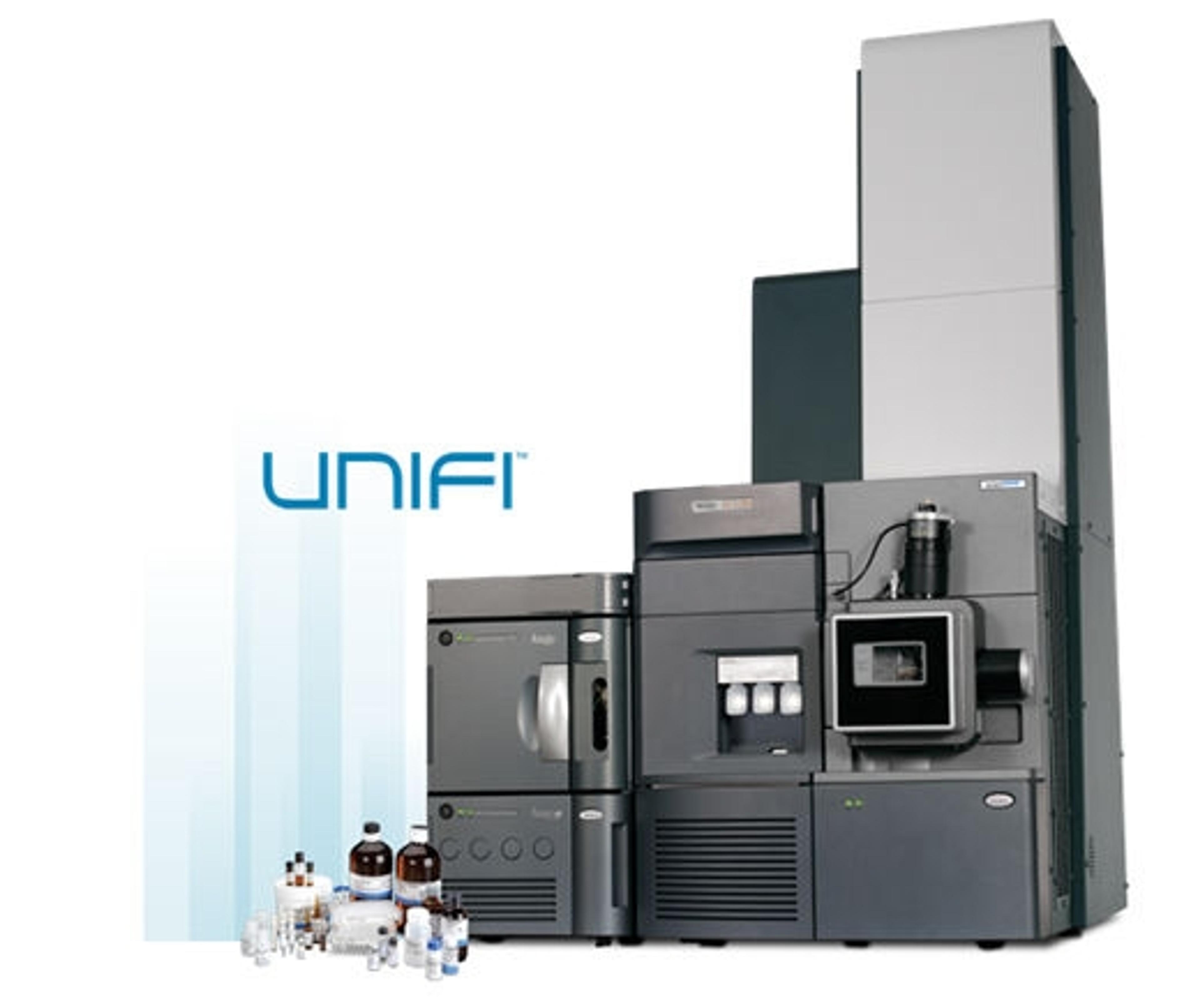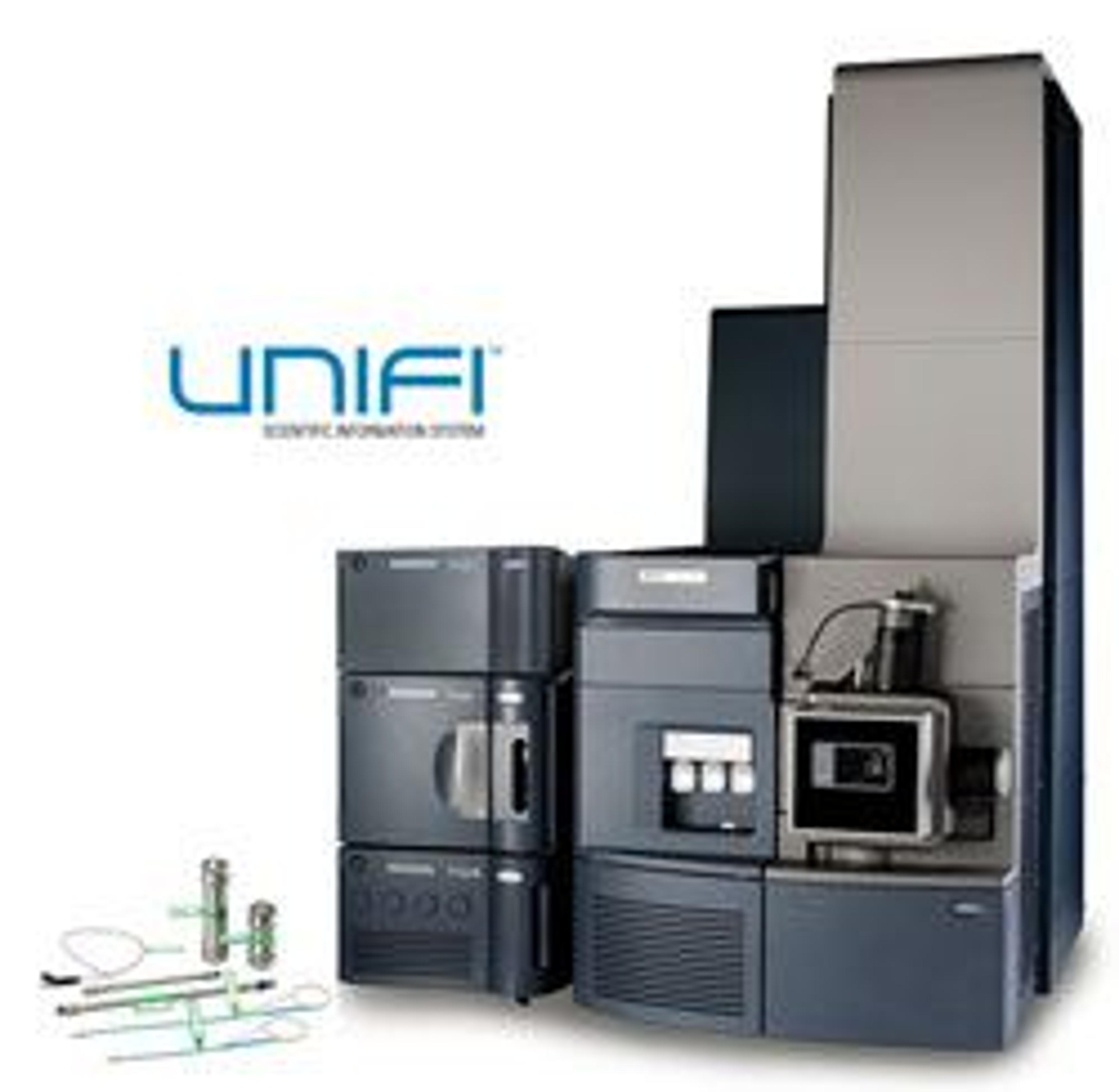How GSK’s Method Innovation team is leading new efficiencies in biopharmaceutical molecule development
Read how GSK’s Method Innovation team is evaluating new technologies to drive efficiency in biopharma molecule development, in this exclusive interview
11 Sept 2019
The biopharmaceutical industry continues to grow rapidly, presenting potential opportunities and questions in equal measure. At GlaxoSmithKline (GSK), a current focus is on increasing the efficiency of molecule development using new technologies. GSK Fellow Dr. Paul Abu-Rabie, of GSK’s Method Innovation team, is partnering with different groups within the business to help add capability and improve efficiency. With a background in small molecule bioanalysis for drug development and innovation in mass spectrometry, Abu-Rabie is currently evaluating new technology to improve efficiencies for biopharma molecule development.
In this exclusive interview, Abu-Rabie tells SelectScience Editor-in-Chief Kerry Parker about how the Method Innovation team is assessing the latest solutions and tools available, striving to increase value in biopharmaceutical development.
KP: What are the main challenges you're seeing in biopharma molecule development?
PAR: At GSK, it's a growing area so that means a lot of these departments are building capability. In the mass spec space, a number of different groups are carrying out routine analysis which needs to be done as efficiently as possible, so our work at the moment is looking into how to help in this space.

In some of these groups, although they have mass spec expertise, they also want to bring more people in that aren't necessarily mass spec experts. For routine analysis, they want systems that are easy enough to use that people could just use them routinely without having a huge amount of expertise. There always needs to be justification for purchasing new systems so what they ideally want them to be is simple, cheap, robust and have just enough functionality to do what they need to do.
There's also an initiative to be able to work across various areas of expertise. We're trying to be as efficient as possible, which means we want as many people as possible to be able to work in different departments doing different things.
KP: I suppose the argument is, the experts can be freed up to focus on more complex scientific challenges.
PAR: Sure – and we're still going to need those people.
KP: Is robustness a factor in efficiency?
PAR: Something that interests us in particular with the Waters BioAccord system is how to fill that space for more robustness and ease of use, and so that also means intelligent error handling. If non-mass spec experts are using these systems, and something goes wrong with it, it can be difficult for them to diagnose what those problems are. If you have a system that's simple and intelligent enough to point them in the right direction of what might be happening, that is going to be beneficial.
Also, mass specs can be quite complex to set up if you are not an expert. So, if we have systems that guide people through those processes and don't let them actually start analysis until the system is ready to go and working correctly, that means they're not wasting their time producing invalid data.
From what we've seen from the BioAccord so far, it is definitely going in the right direction.
KP: How are you currently evaluating the BioAccord system?
PAR: Part of the way that my team works is that we have to have business justification when looking at anything. We develop business and technical criteria that a new system needs to meet. We work with the departments within GSK to define what they need in terms of sensitivity, robustness, performance, ease of use, maintenance, etc. We investigate all those criteria to see if the instrument will meet expectations against the business and technical criteria. That's what we're doing at the moment with the BioAccord system.
For routine analysis, they want systems that are easy enough to use that people could just use them routinely without having a huge amount of expertise.
There's a lot of interest in the BioAccord system so it's great that we've got one in our lab and we're evaluating it now. First of all, it has to have adequate performance and we're doing intact analysis, peptide mapping, glycan analysis, and other routinely performed analysis in the biopharma space. So above all, it needs to do that to the required standard. The advantage we're looking at here for this particular instrument is how much easier to use and robust is it compared to alternative systems.
The aim of this exercise is to evaluate a relatively low-cost and simple instrument that could save the company money and allow us to be more flexible by potentially allowing non-mass spec experts to use it. So, as well as testing its technical performance, we're evaluating how easy is it to use, how robust it is and how advanced it is in terms of things like error handling and maintenance compared to other systems.
KP: Can you tell me more about the challenges of adopting new software as well as instruments?
PAR: There are hurdles to overcome when you bring in new software that is going to do things slightly differently. What we ultimately want is for vendors to go towards platform-neutral software, so that whatever data you're producing on your mass spec, you can input it into any software — and a number of vendors are telling us that they are working towards that.
Our initial findings with UNIFI and the BioAccord are that it is performing well and should be suitable in the space that we're looking at. I find that most software does a good job, with various pros and cons. It often has a lot more to do with what people are used to using, and accepting something new.
One aspect is being able to do things quicker so that we can speed up the drug development process and get them in the hands of patients quicker.
KP: What do you think is the trend for mass spec technology?
PAR: Well, there's definitely a theme. People appear to want things to be cheaper and easier to use, and the manufacturers are responding accordingly. A lot of people are saying they want better intelligent error handling. They don't want necessarily everyone that's using the systems to be an expert. There is also a need for systems to be small footprint or even portable.
KP: What is your view about the future for biopharmaceutical analysis?
PAR: One aspect is being able to do things quicker so that we can speed up the drug development process and get them in the hands of patients quicker.
One of the other things that I'm working on is mass spec direct analysis — we're also looking at that in the biopharma and the cell and gene therapy space. We are using another technology that has been commercialized by Waters called REIMS, which is rapid evaporating ionization mass spectrometry. For example in cell line development, they need to test for bacterial contamination. Those tests currently take two weeks to perform. We're developing tests using REIMS in real time, where it takes minutes to screen samples for sterility, instead of two weeks. Obviously, this is early-stage proof-of-concept work, but if we can implement things like that, it really speeds up the drug development process.



